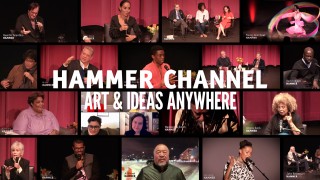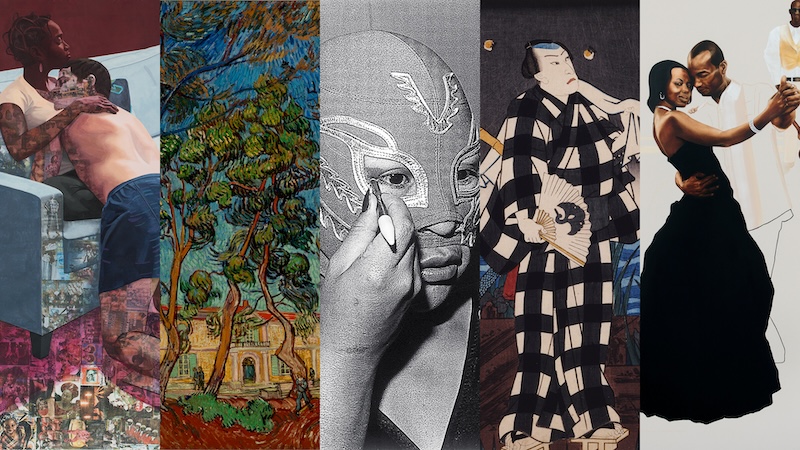
Ruby in Paradise / Strange Weather
- This is a past program
Part of the UCLA Film & Television Archive’s American Neorealism, Part Two: 1984-2020 screening series. Register at cinema.ucla.edu to attend this in-theater screening.
Ruby in Paradise
Looking for a better future, Ruby (Ashley Judd) leaves her small rural town in Tennessee for the Florida coast. “I got out without getting beaten or pregnant so I’m doing okay,” she tells a coworker, after arguing her way into an off-season retail job. Ruby’s journal entries, recounted in voiceover, provide a loose throughline to her episodic experiences, warily building new relationships—some supportive, some not—on the way to leaving the past behind and discovering herself on her own terms. A pioneering regional filmmaker, writer-director Victor Nunez tells Ruby’s story through quiet rhythms of drift and reflection, intune with Ruby’s new hometown, itself a liminal space of seasonal workers and tourists, lives all heading somewhere else.
(1993, dir. Victor Nunez, 35mm, color, 114 min.)
Strange Weather
Shot on the Fisher Price Pixelvision toy camera that used audio cassettes for tape, Strange Weather chronicles the daily lives of four listless crack addicts hanging out in a Miami apartment at the onset of a hurricane. This is a different spin on neorealism: many who viewed it thought it was pure documentary, even though Peggy Ahwesh adapted it from co-director Margie Strosser’s stories of her sister’s down-and-out life. The cast members—including noted filmmaker Cheryl Dunye—don't play themselves per se, so one could say it’s a fiction based on truth. But amidst the gray swirl of the toy camera’s video snow, lies a direct path to the tragic lives it depicts.
(1993, dir. Peggy Ahwesh, DCP, b&w, 50 min.)


